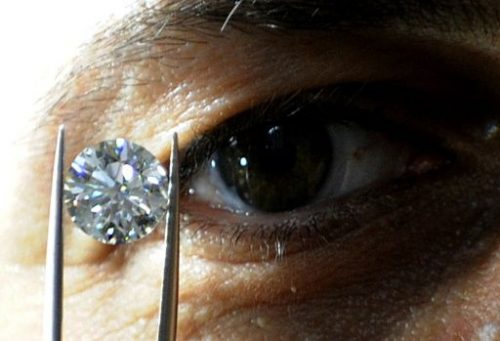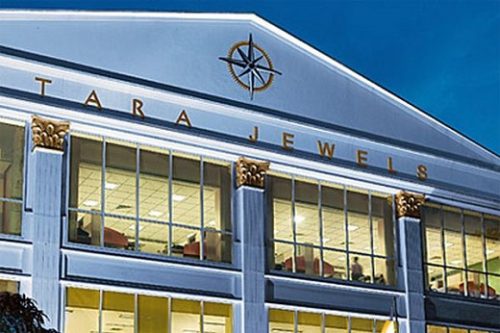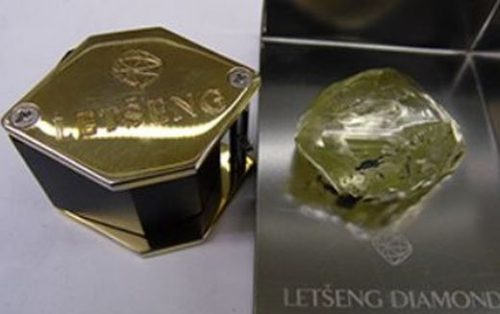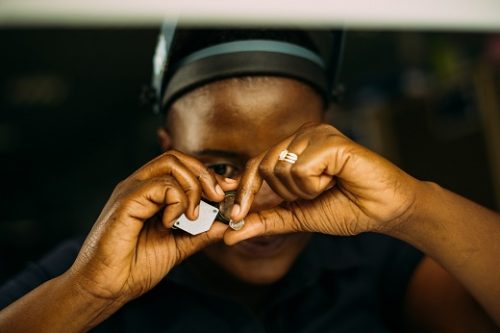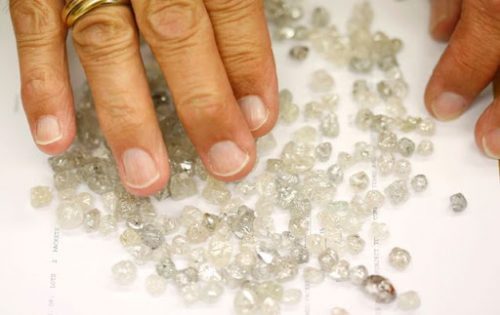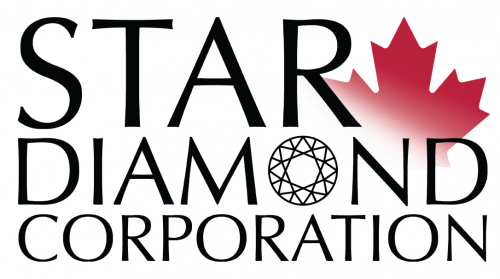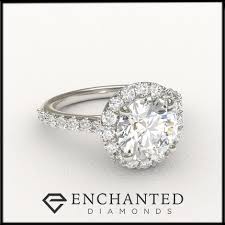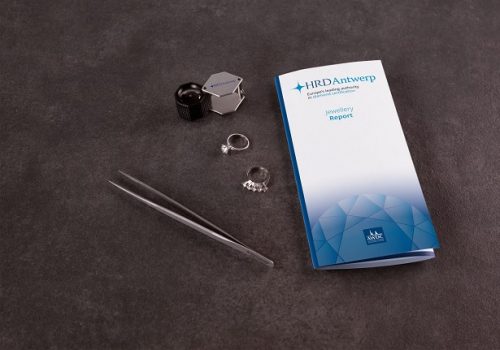A Frenchman was sentenced Thursday in Belgium to five years in prison for his role in a spectacular $50 million diamond heist at Brussels airport in 2013.
Smiling, Marc Bertoldi, 48, replied “thanks, goodbye” after the presiding judge told him he had one month to appeal his jail sentence and a 6,000 euros ($6,800) fine.
The February 18, 2013 robbery, one of the world’s biggest diamond thefts, saw a gang of armed men posing as police seize the gems from a passenger plane in an operation that lasted barely six minutes without a shot being fired.
The hooded men, armed with machine guns, pulled up in a car on the runway at Brussels’ main Zaventem airport where an armoured vehicle had just unloaded diamonds onto a plane about to take off for Zurich.
The men forced open the hold and removed about 120 boxes of diamonds before making off with the haul of about $50 million dollars (worth 37 million euros at the time) in gems, most of which were never recovered.
Some gold and precious metal in powder form were also stolen.
More than 30 people were detained in Belgium, France and Switzerland in massive coordinated police operations.
Last month, Bertoldi denied he had taken part in what the Belgian media called “the heist of the century,” telling the court he had only received some of the stolen diamonds.
But the presiding judge, reading the sentence on Thursday, said Bertoldi, an athletic man who wore jeans and a dark shirt, had in fact been “an indispensable cog” in the theft.
The judge said Bertoldi nonetheless “did not personally participate in all the offences committed,” particularly the theft of cars that were later set on fire.
– ‘Not the mastermind’ –
Bertoldi’s lawyer Dimitri de Beco told AFP: “It’s clear. He is not the mastermind of the robbery. That gives us some satisfaction.”
In addition to European cities, the investigation was also carried out in Casablanca, Morocco, where Bertoldi lived in 2012 and 2013.
The probe showed the many telephone contacts Bertoldi, who was arrested in France in May 2013, had before the heist with the presumed mastermind, Houssein Bajjadi of Brussels.
Bajjadi and the 17 other accused identified by Belgian authorities are due to be retried at the end of 2019 or early 2020 after the prosecution appealed their acquittal last year.
Before the airport heist, Belgium had experienced several spectacular robberies involving diamonds and precious gems.
In February 2003, jewellery and diamonds valued at about 100 million euros were stolen from an Antwerp diamond exchange.
More than 120 safes in the port city’s Diamond Center, a heavily protected building in the heart of the diamond district, were emptied unnoticed.
In 2013, a gang of hooded men pulled off one of the world’s biggest diamond thefts at Brussels’ main Zaventem airport.
Source: Agence-France Presse

